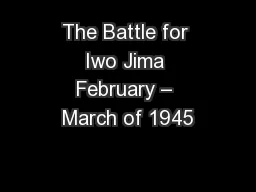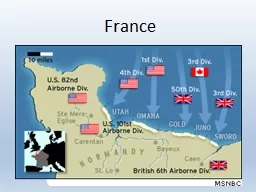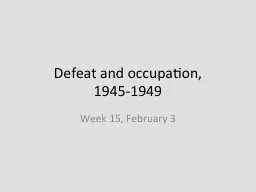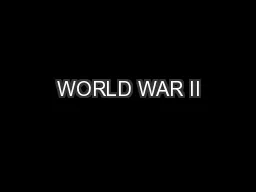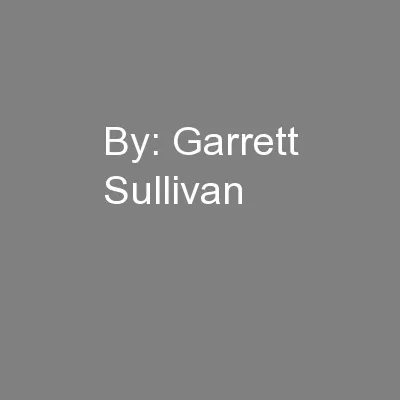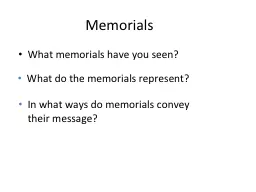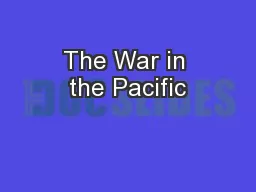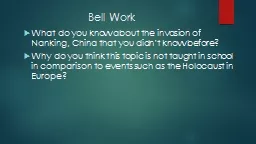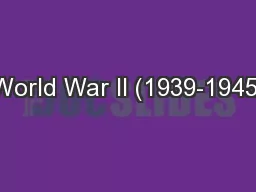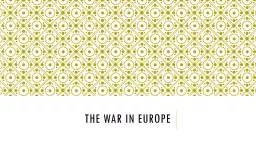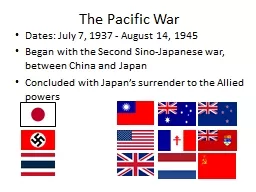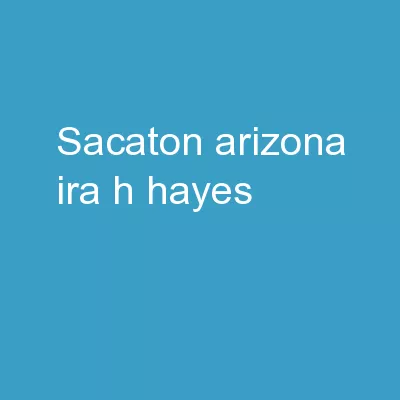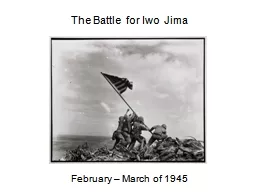PPT-The Battle for Iwo Jima February – March of 1945
Author : phoebe-click | Published Date : 2018-09-25
Strategic Location The US wanted to capture Iwo Jima because of its location It lies halfway between Tokyo and the US controlled Marianas and would serve as a safe
Presentation Embed Code
Download Presentation
Download Presentation The PPT/PDF document "The Battle for Iwo Jima February – Mar..." is the property of its rightful owner. Permission is granted to download and print the materials on this website for personal, non-commercial use only, and to display it on your personal computer provided you do not modify the materials and that you retain all copyright notices contained in the materials. By downloading content from our website, you accept the terms of this agreement.
The Battle for Iwo Jima February – March of 1945: Transcript
Download Rules Of Document
"The Battle for Iwo Jima February – March of 1945"The content belongs to its owner. You may download and print it for personal use, without modification, and keep all copyright notices. By downloading, you agree to these terms.
Related Documents

